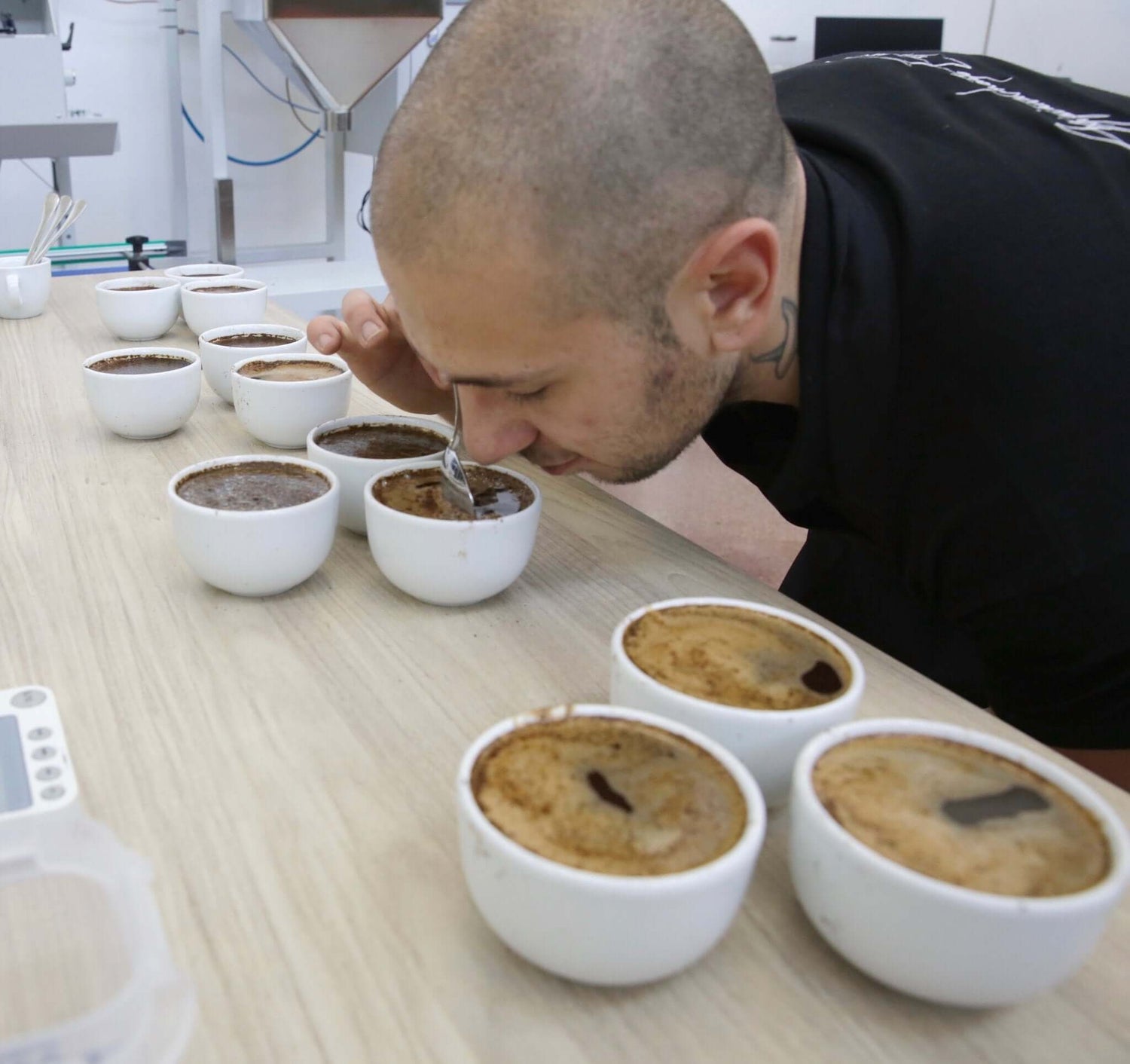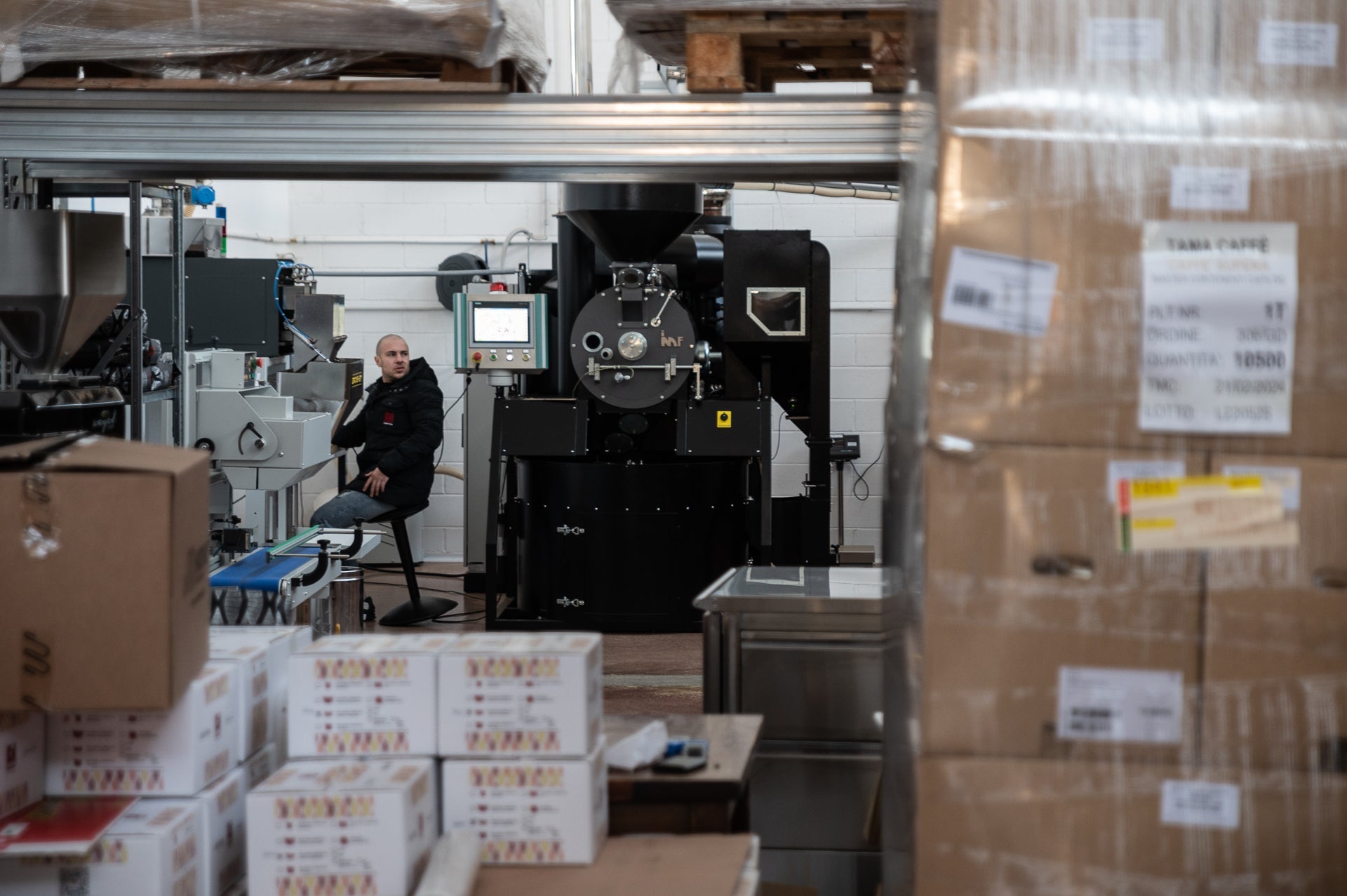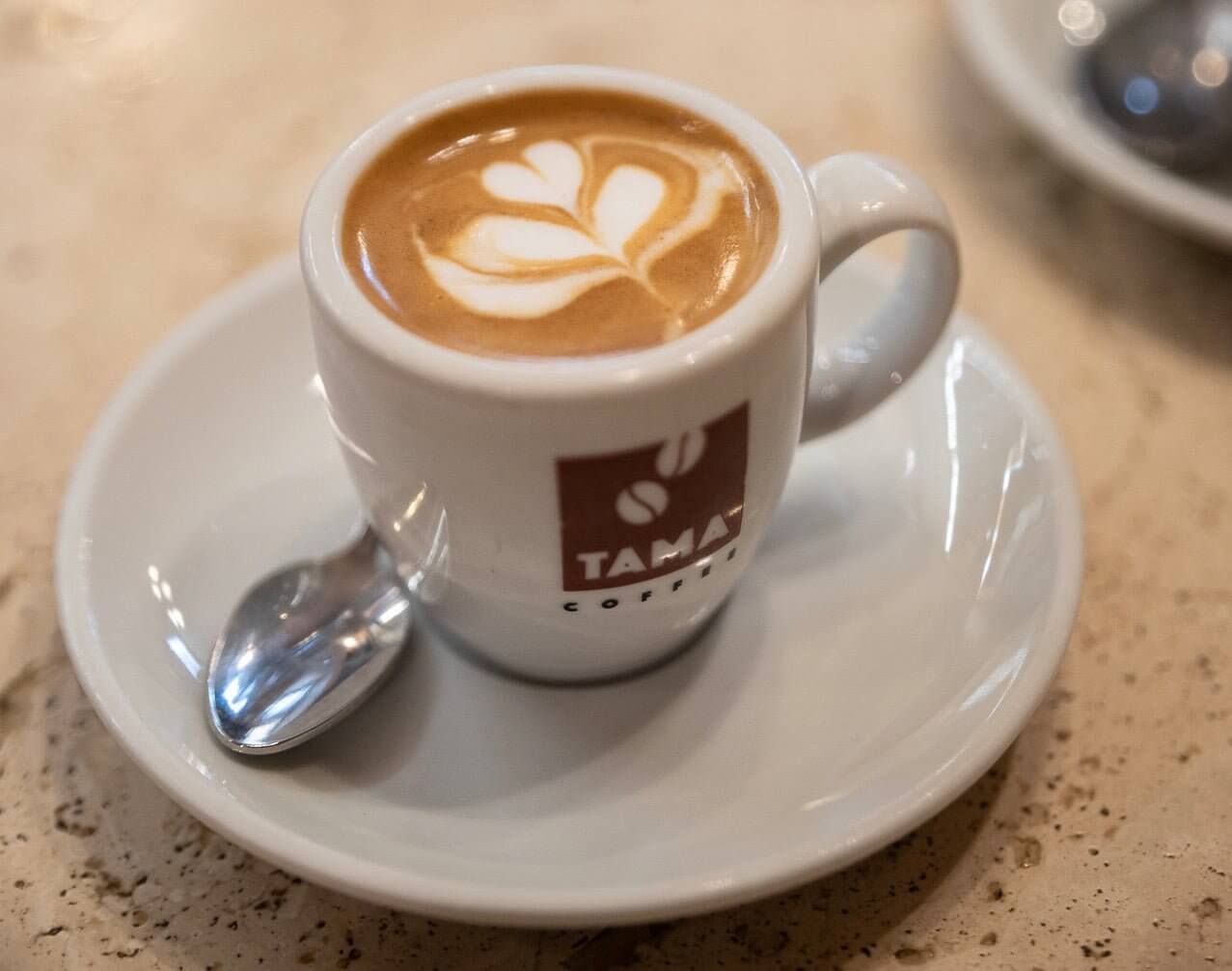Why is cupping done?
The Brazilian tasting is the most complete method (it takes into account the physical and organoleptic characteristics of the coffee) but at the same time the most difficult for the description of the product. It is traditionally used in all countries of the world and assures us excellent raw quality bases but it cannot assist in tasting it in espresso if that is the purpose of roasted coffee.
“Those 25-30 millimeters of drink cannot have the same aromas and flavors released in infusion (even for the different roasting profiles).” It must be said that this method is also due to the subjective variant of the taster.
So why is it done? It is done to speak in one language!
Imagine having to talk about coffee with a person in Africa or Asia, all you need is hot water and coffee! Cupping was therefore born from the need among industry insiders to speak the same language and understand the same parameters.
Cupping settings
- The ideal roast for cupping must be light, just after the First Crack
(indicative Agtron grade of 55-60) - The waiting time after roasting varies from 8 to 24 hours.
- As for the grind, this will have to be quite coarse. (just more
thicker than that for filter) - The water must be boiled first so as not to modify its flavor and temperature
of 93 °C - Approximately 8 g of ground coffee should be used for 200cc of water
Cupping phases
-
TO. Grind: Depending on the size of the batch to be tested, 5 to 10 infusions are prepared by coarsely grinding 8 g of coffee in the appropriate cups. The Fragrance is sniffed, it is precisely in this phase that it is possible to understand perfectly if the sample in question was toasted more than necessary or if an insufficient Air Flow was used, but defects in the Green (green coffee) may also emerge as the year of old harvest, brewed coffee or prematurely harvested berries.
-
b. Infusion: The first boiling water is poured directly onto the ground coffee, also in this case the sense of smell must be used immediately, this is the ideal moment to evaluate the development of the roasting of the coffee bean if it therefore has hints of salt or vegetable development it was insufficient!
-
c. Olfactory Examination: You wait 4 minutes and only then do 3 movements with the spoon from one point to its opposite in the cup while doing so you smell the infusion!
-
d. Preparation of the cup: The crust on the surface and the foam are removed
-
AND. Taste : Taste with the special spoon by sucking in forcefully to best test all the organoleptic characteristics of the sample by choosing whether to swallow or expel the liquid. Drinking by sucking noisily is a badge of honor in cupping, only in this way it is possible to improve the retronasal sense of smell (chemical stimulations of the olfactory epithelium when we introduce a food or drink into the oral cavity) speeding up and increasing the quantity of aromas per nose. (Remember that the tongue is able to recognize only the 5 senses bitter, sour, sweet, salty and umami while the nose is able to perceive 10,000 aromatic compounds perhaps present in concentrations of just a few parts per billion, so this is what provides us with most of the impressions in a cupping) Taste the coffee when it is hot it provides us with most of the information, such as acidity, brilliance, cleanliness, sweetness and balance, unfortunately the acidity behaves like a fog, obscuring many defects of the Green ( green coffee ) and roasting, for this reason it is a good habit to taste again The coffee from cold.
Small recommendations
Taste i coffee the day after toasting them. Always taste the cup with humility and without prejudices, too much safety always leads to making mistakes, for this reason blind cupping is always recommended (which means that tasters should not know which coffee they are tasting).Another fundamental rule is to treat all the coffees equally, same grinding setting, same water and same infusion time and so on.



